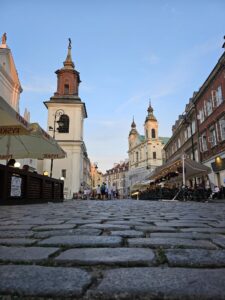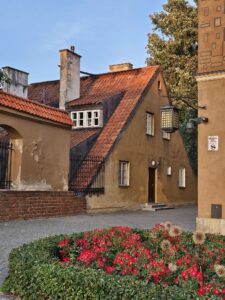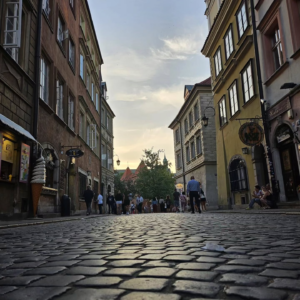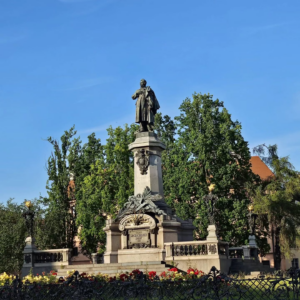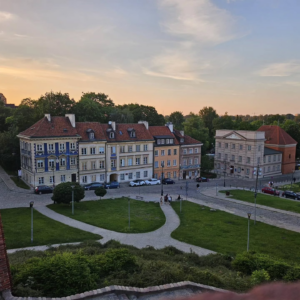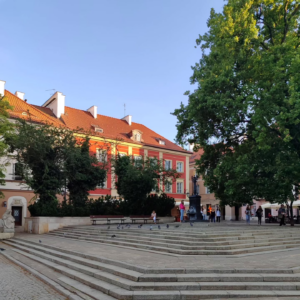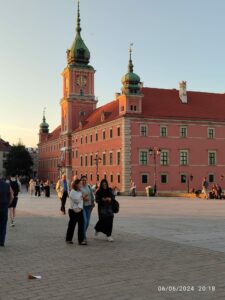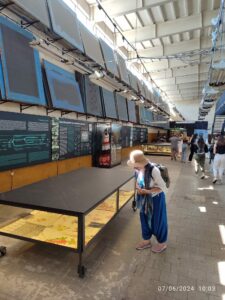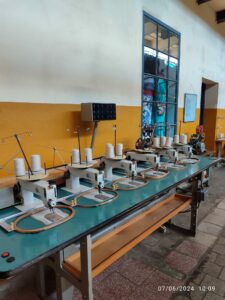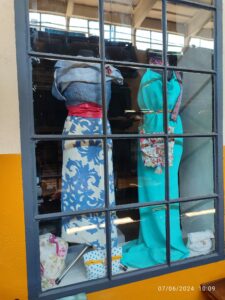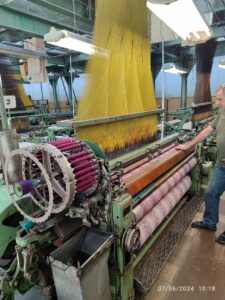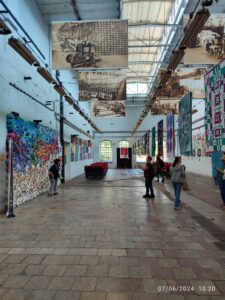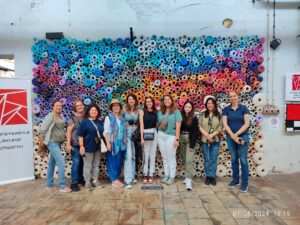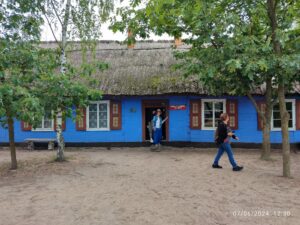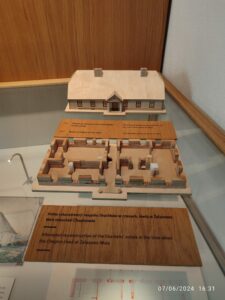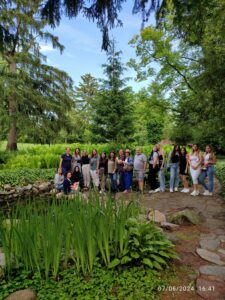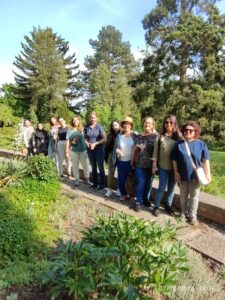The representatives and participants from Kastamonu University, Warsaw University of Life Sciences (SGGW), Youth on Board and Sarı Konak Women Cooperatives attended to the Activity III in Warsaw, Poland.
In the first day of the arrival, the representatives, Prof. Dr. Emilia Janeczko and Dr. Malgorzata Woznicka from SGGW welcomed all guests. The day started with the visits to some historical and cultural places in Warsaw.
Firstly, all guests visited the linen-making museum in Zyrardow which was established in 1833. Żyrardów Linen Works was the most productive flax textile plant in Europe during the end of the 1800s. Up to 9,000 people were working there at its height, producing cotton and linen. Following World War II, more factories were added to the production line. In a portion of the factory's printing house, the museum showcases the history of the linen business. The process of manufacturing linen is depicted using functional historical machinery and exhibits, which go from raw flax to completed textiles and even clothes. While there are some older specimens, the most of the machinery is from the late 20th century.
Second, they went to the open-air museum in the Lowicz Region in Poland which features museums dedicated to rural architecture and ethnographic parks. The residences, farm structures, manufacturing buildings, and sacred ones were all gathered together by the people. Exhibitions typically feature interior design from one or more regions of a particular ethnographic group.
Finally, they went to Zelazowa Wola, the birthplace of famed Polish pianist and composer Fréderic Chopin. Chopin composed mostly for the piano alone. As one of the greatest musicians of his time, he has continued to enjoy widespread recognition. His poetic brilliance was founded on a level of skill that none of his contemporaries could match.
News
